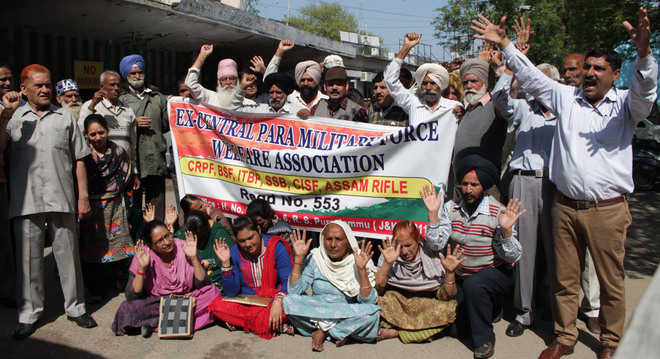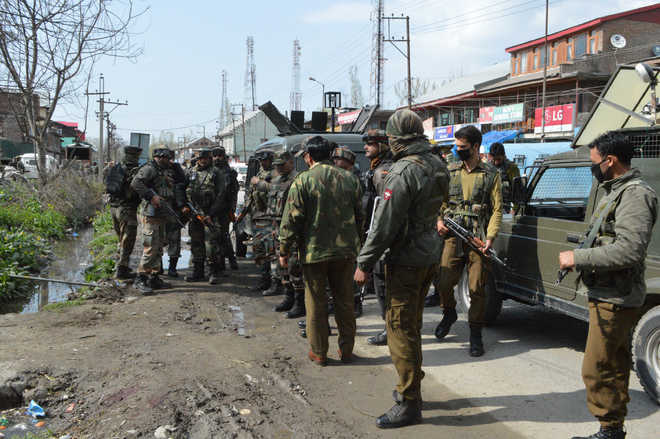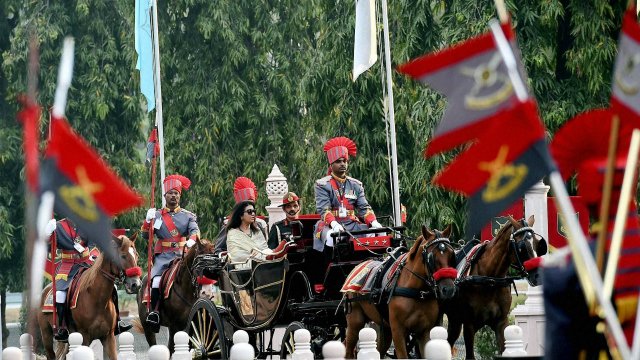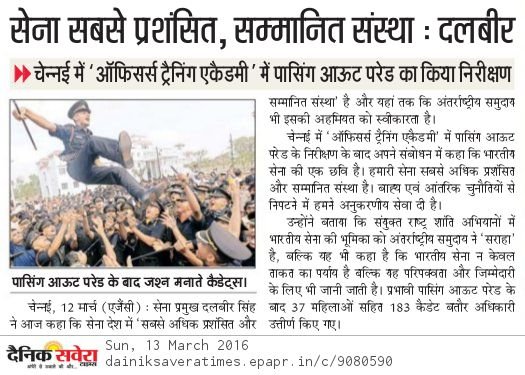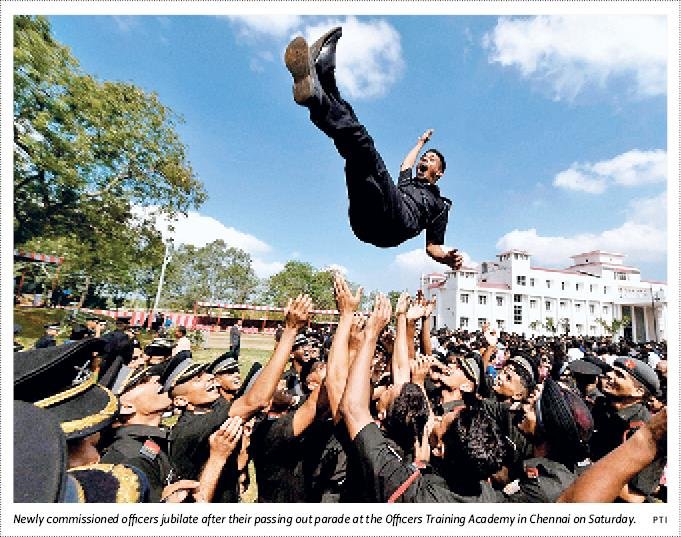China’s strategic engagement in the Indian Ocean represents one of the main sources of concern for India. While Beijing formally commits to the Peaceful Development framework, the expanding activities of the PLAN can generate a deep fraction between the two countries.
Hannibal ad portas ::
India and Japan are negotiating the upgrading of civil infrastructure in the Andaman and Nicobar Islands located in an area of the Indian archipelago considered strategic. This is being done to prevent Beijing’s unstoppable desire to expand its maritime power projection to the Indian Ocean.
Last week, Japan’s Ministry of Foreign Affairs submitted a proposal for the construction of a 15-megawatt diesel power plant on South Andaman Island. The decision of New Delhi to involve Japan in the project reflects the rising concern of the Indian leadership over the Chinese penetration in the region.
Last month, Andaman and Nicobar Command reported the presence of a tender submarine belonging to the People Liberation Army’s Navy (PLAN), a tangible clue of the consolidated presentence of the Chinese fleet across the Indian Ocean Region.
This is not the first time that Chinese submarines have been identified close to the Indian territorial waters, creating concern among Indian authorities about the eventuality of Beijing’s strategy to establish overseas naval outposts as the backbone of the PLAN power projection in the region, following the pattern of the South China seas scenario.
Although Beijing stressed its adherence to the principle of mutual respect for national sovereignty, its increasing military expansion in the Asia-Pacific region is guided by an evident desire to impose a new regional architecture based on the recognition of the primacy of Chinese interests.
While China’s leadership has strongly endorsed the narrative over China’s peaceful rise, the control of a strategic network of advanced outpost coupled by a massive expansion of his naval capabilities is expected to become the world’s second largest naval fleet by 2030, evolving from an offshore defence power to an open-seas protection one.
Indeed, acquiring cutting-edge technology is the backbone of the new PRC’s military doctrine that focuses its efforts in the modernisation of its military forces, altogether with the acquisition of advanced operational preparedness.
In the last few years, the PLAN has embarked in the major modernisation of its fleet, acquiring new and more sophisticated submarines, air carriers, frigates, and destroyers boosting up to 415 warships in fifteen years.
Additionally, maintaining the strategic access to the Sea Lines of Communication (SLOCs) is vital for China, as its export-oriented economy, characterised by a pressing demand for energy, expands.
For Beijing, the protection of its SLOCs is the utmost imperative, nearly the 50% of China’s oil imports transits from the Straits of Hormuz while the 87% of oil import transits from Malacca Strait in Southeast Asia.
CCP’s ability to fulfill the Great Rejuvenation of the Chinese Nation relies on its ability to project its maritime power and protect seaborne energy imports transiting through the Indian Ocean region and also the South China Sea.
Since 2012, former President Hu Jintao has expressed the importance of expanding China’s ability to defend its strategic interest through the expansion of its sea power. Such commitment was a year later saluted by President Xi Jinping as the backbone for launching the Maritime Silk Road initiative, promoting a wider level of integration between China, Southeast Asia, and the Indian Ocean region.
While this ambitious project aims to emphasise the commercial nature of the Chinese presence, Indian authorities are cautious over China consolidating its presence through the establishment and the expansion of strategic outposts that could be employed to militarise the region.
Mitigating the risk of any potential disruption of its seaborne supply lines either in Southeast Asia or in the Indian Ocean through the projection of air and naval power is expected to create a significant alteration in the regional balance of power in the foreseeable future.
India’s security dilemma ::
The increasing presence of Beijing’s military forces in the Indian Ocean is the prelude of its aggressive influence in the region and could easily exacerbate the level of friction between India and China, triggering a militarisation of the area.
In addition, Beijing’s attempts to establish closer relations with littoral countries that have a strategic position and could provide strategic and operational support to Chinese vessels such as the ports of Gwadar in Pakistan, Hambantota in Sri Lanka and Kyaukpyu Myanmar are alimenting India’s perception of encirclement.
China has invested nearly $40 billion to the creation of important infrastructures through the region under the auspices of the 21th Century Maritime Silk Road initiative and this has included the Colombo International Container Terminal facility used frequently to dock Chinese submarines and warships.
While India’s leadership claims its prominence on the Indian Ocean, their ambitions and desire to be the dominant power in the area clash with China’s ability to project its military power well beyond its natural maritime border.
Over the past decade, the expansion of China sea power has generated a large debate over the String of Pearls strategy that describes Beijing’s critical expansion of naval presence and strategic infrastructures in the Indian Ocean while strengthening the diplomatic relations with several regional actors willing to provide bases and support, vital to increase the level of protection of critical SLOCs, but also to ensure the strategic penetration of the PLAN into the region.
In this scenario, New Delhi shows concern over the aggressive presence of the PLAN in the region considered by the Indian leadership as its traditional backyard. Currently, India is massively investing in the expansion of its naval forces, increasing its capabilities up to 200 ships, including six indigenously built nuclear power submarine INS Arihant, by 2027.
At the same time, India maintains a prudent approach toward its engagement with Washington and its allies willing to contain China’s assertiveness in the South China Sea, as shown by the recent New Delhi’s decision of declining its participation in the U.S-Japan joint naval exercises in the Philippine Sea.
However, the exacerbation of New Delhi’s concern about the growing Chinese presence in the Indian Ocean could affect President Modi’s decision to abandon the traditional strategic autonomy and establish a new level of engagement with partners such as Japan, Singapore, Indonesia, Australia and Vietnam.
However, a marked shift in the Indian Ocean security scenario would certainly foster a wider engagement and also a significant military and technological cooperation with Washington, committed to enforce the freedom of navigation in the Asia-Pacific region.

